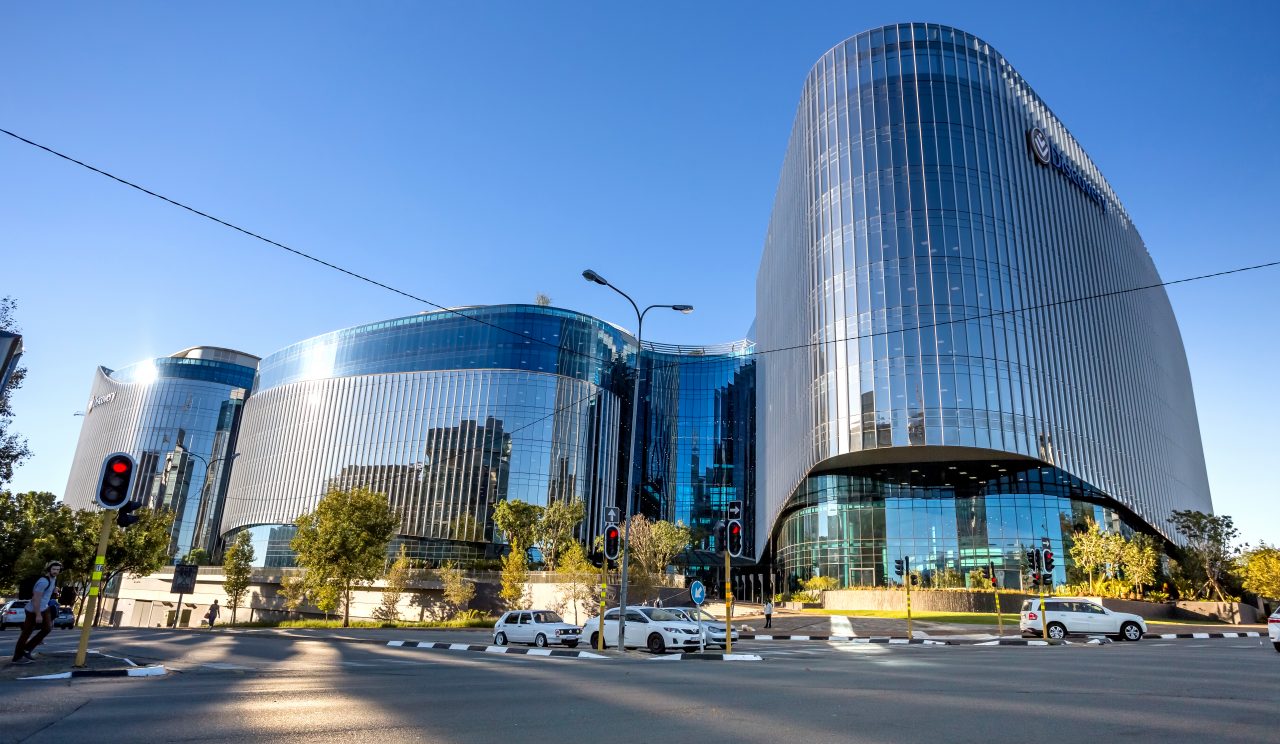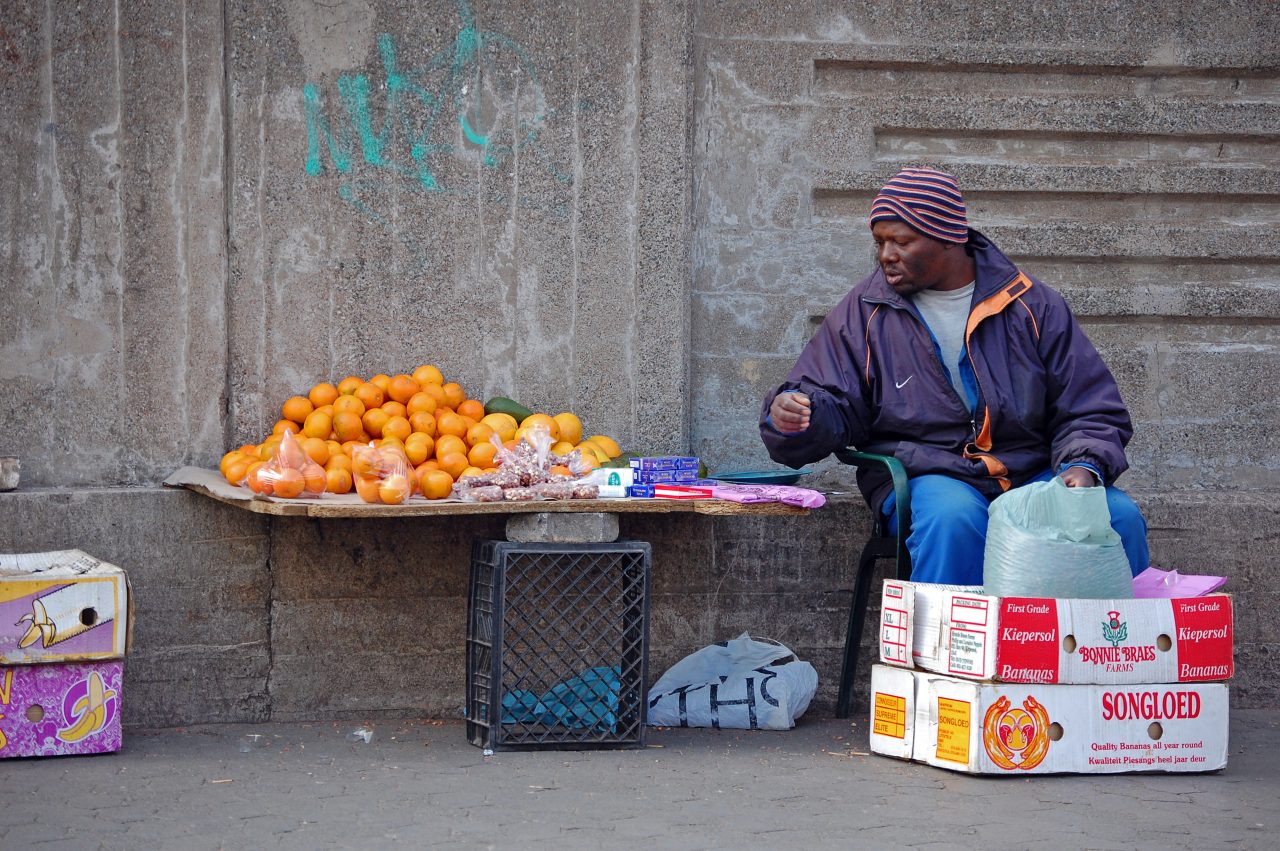Join GlobalBizzNetwork and start your international business network today.
Fashion
The main aim of the South African textile and clothing industry is to use all the natural, human and technological resources at its disposal to make it the preferred international supplier of textiles and apparel. Although the industry is small, it is well placed to make this vision a reality.
In 2013, the Clothing, Textiles, Footwear and Leather (CTFL) industry accounted for about 14% of manufacturing employment and represented South Africa’s second largest source of tax revenue. The industry facilitates an estimated 60 to 80 000 jobs (down from 120 000 jobs) and contributes around 8% to the country’s GDP.
The domestic industry can be found mostly in the Western Cape and KwaZulu-Natal, with some activity taking place in Gauteng.
Owing to technological developments that are closing the major product gaps, local textile production has evolved into a capital-intensive industry, producing synthetic fibres in ever-increasing proportions.
The apparel industry has also undergone significant technological change and has benefited from the country’s sophisticated transport and communications infrastructure. The sector displays regional differences; broadly speaking, the Cape Metropolitan Area is renowned for the high fashion orientation of its industry, while KZN focuses on mass market production.
The South African market demand increasingly reflects the sophistication of First World markets and the local clothing and textile industry has grown accordingly to offer the full range of services – from natural and synthetic fibre production to non-wovens, spinning, weaving, tufting, knitting, dyeing and finishing.
Identified as a labour absorbing sector for South Africa, the Department of Trade and Industry (the dti) has managed to stabilise the CTFL sector through improved monitoring of imports to ensure compliance with customs and excise regulations and to reduce unfair and illegal imports.
The introduction of the Clothing & Textile Competitiveness Programme (CTCP) in 2010 has also helped. In July 2014, Trade Minister Rod Davies announced that “in the coming year, the department will continue to roll out the CTCP to reach more companies within the sector”.
In 2000, the US’ African Growth and Opportunity Act (Agoa) was signed into law with the objective of expanding U.S. trade and investment with sub-Saharan Africa. The agreement is set to be renewed in 2015 and the textile industry is set to benefit even more than before. When US Congress first approved Agoa, textile manufacturers were expected to benefit the most. While it is in fact the motor industry that is the greatest beneficiary, textile exports to the US increased by 62%.
Even with agreements like these in place, the industry will always vulnerable to cheap imports. When China’s was included in the World Trade Organisation in 2001, local manufacturers suffered enormously as South African businesses began importing cheaper textiles and clothing from there.
The number of jobs decreased from around 181 000 in 2002 to only 80 000 in 2013. However, government’s rescue plan for the textile and clothing industry, the Clothing and Textiles Competitiveness Programme (CTCP), which was outlined in 2009, has helped to recover the industry in recent years.
Recent media reports have said that manufacturers are benefitting from retailers’ growing demand for locally made goods as the need for “fast fashion” takes hold. In order to keep up with the latest trends, retailers have to source their products locally to have shorter lead times from design to delivery. This has contributed to the statistics that show as much as 25% to 30% of locally sold clothing is manufactured domestically.
Clothing and Textile Competitiveness Programme
The Clothing and Textile Competitiveness Programme (CTCP) is an initiative of the Department of the dti, funded by National Government and administered by the Industrial Development Corporation (IDC).
This programme is aimed at improving the global competitiveness of the sector through a range of structured interventions covering all aspects of business operations, from very specific technical skills through to generic business skills.
Companies participating in the programme range from small ( 1-15 employees), medium (16 -50 employees) and larger (51-300) clothing manufacturers with widely differing levels of sophistication.









